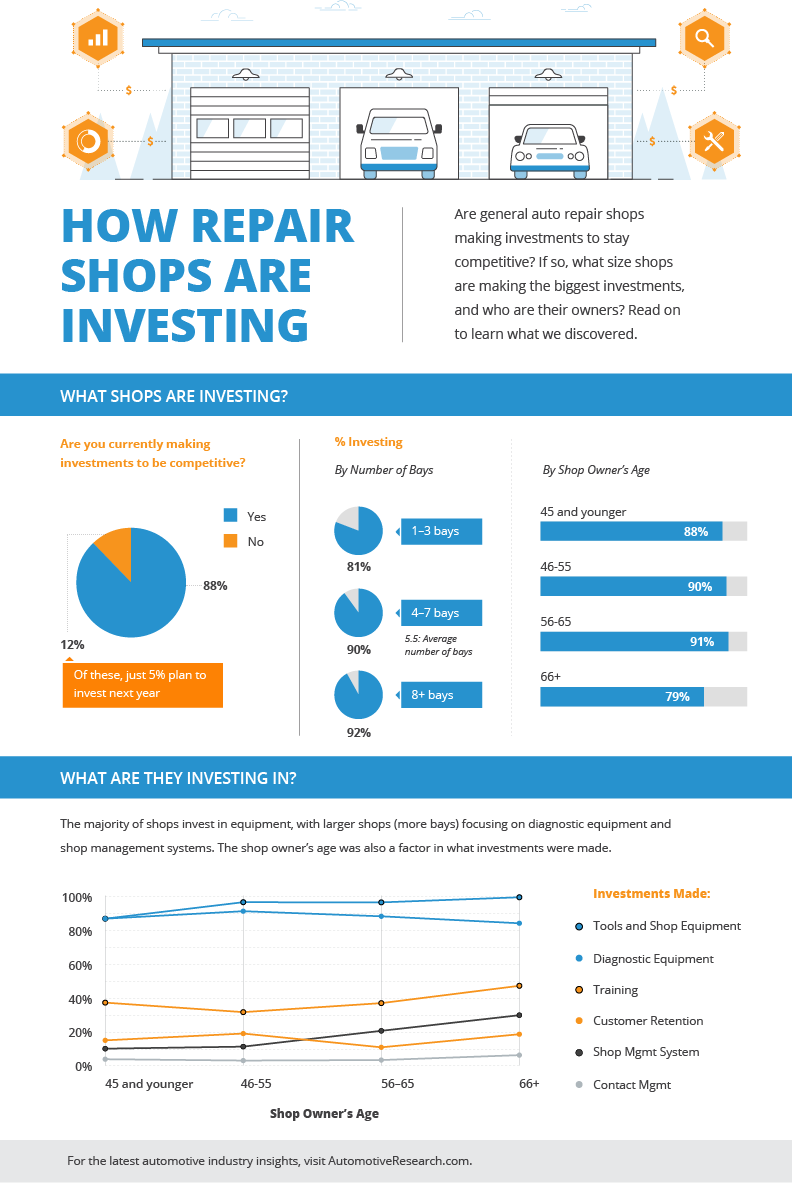Unwinding Real Significance Behind Your Auto'S Warning Lighting
Unwinding Real Significance Behind Your Auto'S Warning Lighting
Blog Article
Short Article Written By-Peck Conradsen
When you lag the wheel, those glowing caution lights on your dashboard can be a bit difficult. Do you know what they're attempting to tell you regarding your car's health and wellness? Comprehending the relevance of these lights is vital for your safety and security and the longevity of your car. So, the following time one of those lights pops up, wouldn't you intend to analyze its message precisely and take the essential steps to resolve it?
Common Caution Lighting and Interpretations
Recognize typical caution lights in your cars and truck and comprehend their definitions to ensure secure driving.
The most typical warning lights include the check engine light, which signals problems with the engine or exhausts system. If Read More At this website comes on, it's important to have your lorry checked quickly.
The oil pressure alerting light indicates reduced oil stress, requiring prompt attention to prevent engine damages.
A blinking battery light might suggest a defective charging system, potentially leaving you stranded otherwise dealt with.
The tire stress tracking system (TPMS) light informs you to low tire pressure, influencing lorry stability and fuel efficiency. Overlooking this could cause risky driving problems.
The ABS light indicates a problem with the anti-lock stopping system, compromising your ability to quit swiftly in emergency situations.
Last but not least, the coolant temperature level warning light warns of engine overheating, which can lead to serious damages if not fixed swiftly.
Comprehending these common caution lights will assist you address issues immediately and keep risk-free driving problems.
Relevance of Prompt Interest
Comprehending the usual caution lights in your car is only the initial step; the relevance of quickly dealing with these warnings can't be stressed sufficient to guarantee your safety and security when driving.
When a warning light illuminates on your control panel, it's your automobile's method of communicating a prospective concern that needs attention. Neglecting these warnings can result in extra extreme troubles later on, jeopardizing your security and potentially costing you extra in repairs.
Trigger focus to cautioning lights can protect against break downs and crashes. For example, a flashing check engine light might suggest a misfire that, if left unattended, might cause damage to the catalytic converter. Addressing this without delay can save you from an expensive repair.
In a similar way, a brake system alerting light could indicate reduced brake liquid or worn brake pads, crucial elements for your safety when driving.
DIY Troubleshooting Tips
If you discover a caution light on your control panel, there are a couple of do it yourself repairing pointers you can attempt before seeking professional help.
The primary step is to consult your automobile's guidebook to understand what the specific warning light shows. Sometimes the problem can be as straightforward as a loose gas cap causing the check engine light. Tightening https://rowanyoevk.ourcodeblog.com/27822313/interested-in-discovering-the-crucial-variables-that-contribute-to-the-dependability-of-an-automobile-repair-shop may settle the issue.
One more usual concern is a reduced battery, which can trigger numerous alerting lights. Examining Click On this page for corrosion and ensuring they're safe might fix the trouble.
If a caution light lingers, you can try resetting it by disconnecting the vehicle's battery for a couple of minutes and then reconnecting it. In addition, examining your lorry's fluid levels, such as oil, coolant, and brake fluid, can aid repair cautioning lights connected to these systems.
Conclusion
To conclude, understanding your auto's warning lights is necessary for keeping your automobile running smoothly and securely. By immediately addressing these informs and recognizing what they indicate, you can avoid costly repair services and prospective breakdowns.
Bear in mind to consult your cars and truck's handbook for specific information on each advising light and do something about it accordingly to ensure a trouble-free driving experience.
Keep notified, stay risk-free when traveling!
